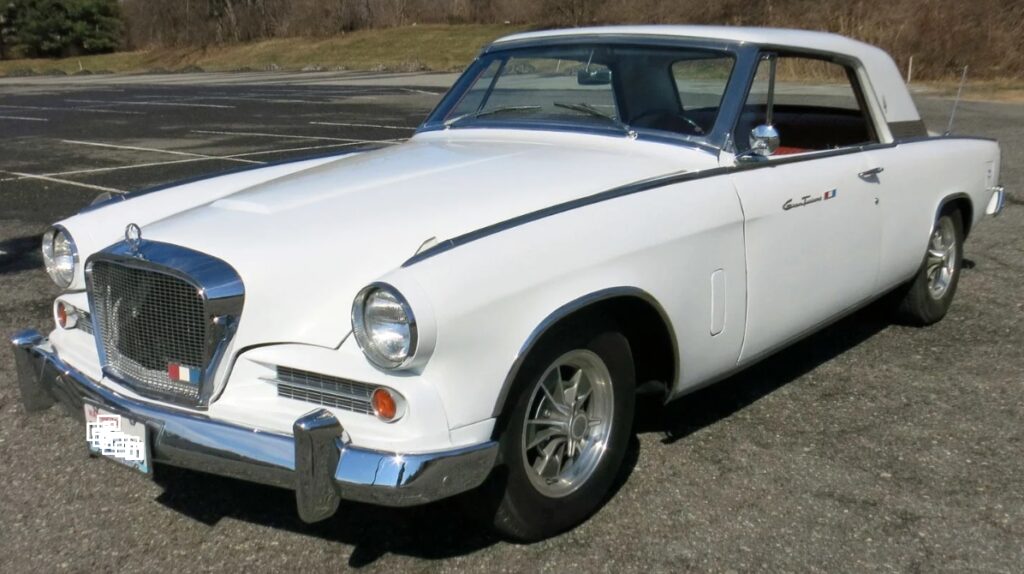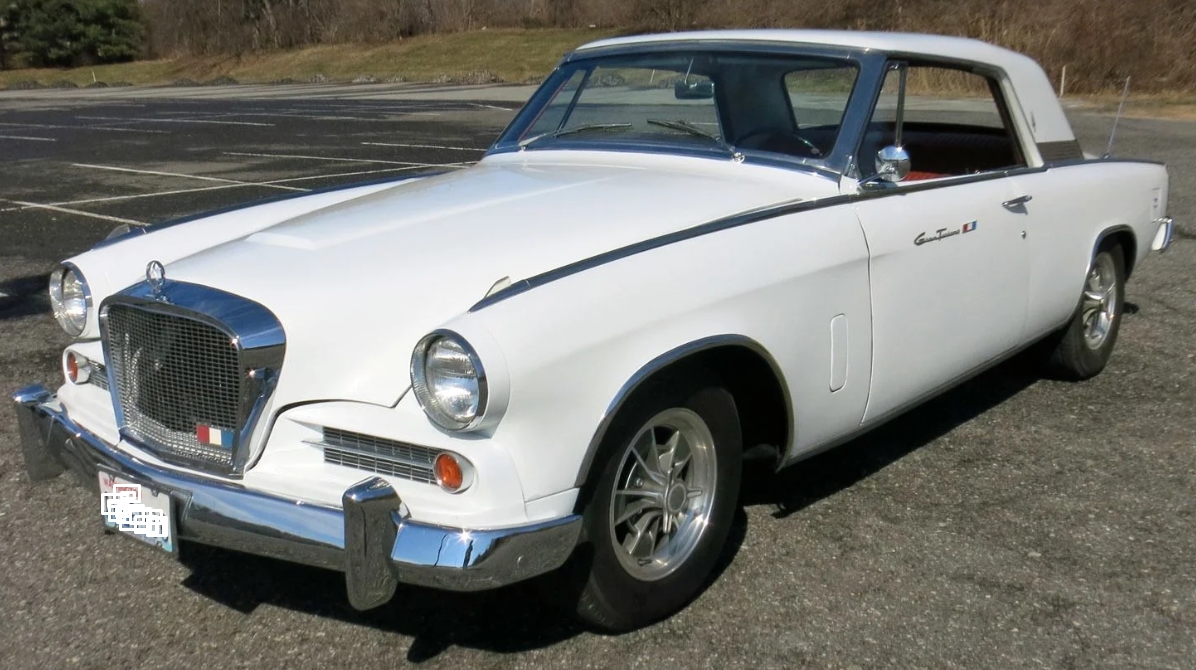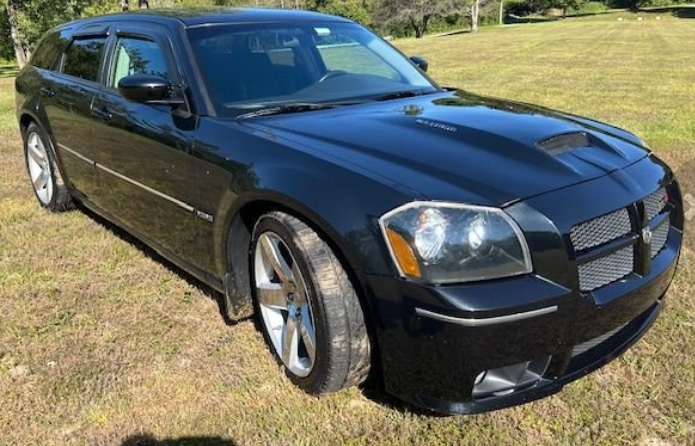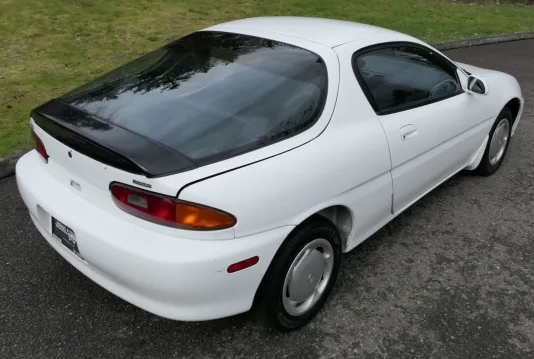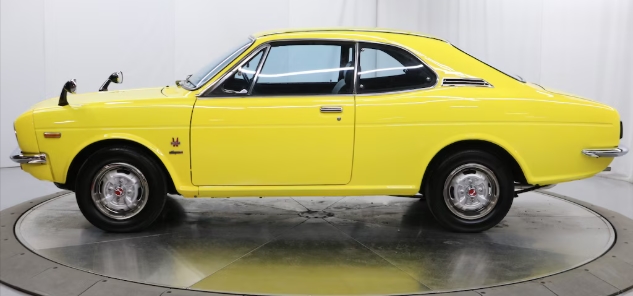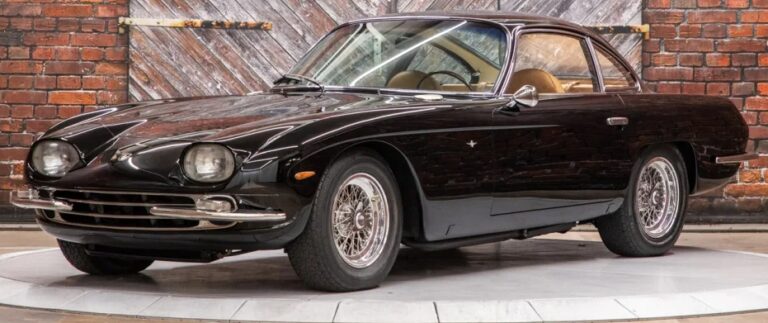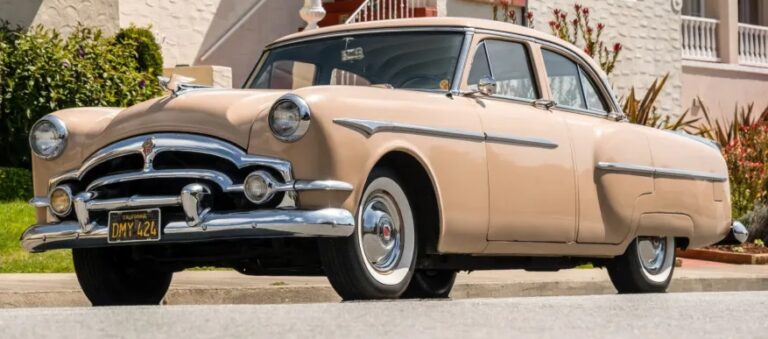The Evolution of the Studebaker Hawk: A Classic American Icon
The Studebaker Hawk is a significant name in American automotive history, embodying the spirit of the 1950s and 60s with its unique design and innovative features. Born during a time of transformation in the automotive industry, the Hawk symbolizes the blend of performance, style, and distinction in a car that captured the imagination of many. The vehicle went through several changes during its production run, evolving from a sporty coupe to a luxurious land yacht. In this article, we’ll explore the various models and trim levels of the Studebaker Hawk, the years it was produced, and the factors that led to its ultimate decline.
Origins and Launch (1956)
The Studebaker Hawk was introduced in 1956, a luxurious coupe that shared its platform with the Studebaker Commander. This was during a time when the Studebaker Corporation was struggling to keep up with competitors like Ford and General Motors, but the Hawk was designed to revitalize the brand’s image. The first iteration, known as the Studebaker Golden Hawk, was a breathtaking blend of elegance and performance. With a supercharged V8 engine delivering 275 horsepower, it marked an ambitious entry into the performance coupe market.
In 1956, Studebaker offered three main versions of the Hawk:
- Hawk: The base model, which featured a standard V8 engine with much of the luxury expected in a mid-priced coupe.
- Golden Hawk: The most powerful variant, equipped with a supercharged engine that made it notable for performance enthusiasts. This model was consistently praised for its speed and handling.
- President Hawk: This version combined luxury with the robust performance of the Hawk, aimed at buyers wanting a more upscale experience.
Additionally, buyers could customize their vehicles with options such as air conditioning, automatic transmission, and power windows, which became essential for attracting more affluent customers.
Refinements and Changes (1957)
The second year of production saw modest changes, chiefly in terms of styling and performance. The 1957 dosage of the Studebaker Hawk brought improvements in the engine, interior, and exterior designs. The company made adjustments to satisfy consumer desires for enhanced luxury and sporty aesthetics.
In 1957, the lineup was refined to include:
- Hawk: Maintaining its status as the base model but with updates to its trim.
- Golden Hawk: A continuation of Studebaker’s commitment to performance with minimal changes but a higher degree of luxurious appointments.
- Silver Hawk: New to the lineup in 1957, this model featured a less powerful engine but targeted a market looking for a sporty vehicle with a lighter, more refined approach.
- President Hawk: Continued to serve the high-end market with additional features to boost its perceived luxury.
Optimization and New Features (1958)
The 1958 model year introduced significant changes due to evolving consumer preferences and tougher competition. The automobile industry began to favor larger cars, and the Studebaker Hawk was no exception. The shapes became more pronounced, while the interiors featured updated materials to enhance passenger comfort.
In 1958, the following models were offered:
- Silver Hawk: By now, even sportier and easier to drive while still being less performance-focused than the Golden Hawk.
- Golden Hawk: Improved aerodynamics and driving experiences, retaining its place as the top performance variant.
- Hawk: Reduced emphasis on performance, folding more into the luxury category, simplifying the performance options.
This year also saw the introduction of updated styling elements with a new front end and more vibrant color options.
The Decline of the Hawk (1959-1964)
By 1959, the Studebaker Hawk saw decreased sales, reflecting economic downturns and changing consumer preferences. Economic pressures led Studebaker to scale back operations and introduce fewer variations of the Hawk. The model lineup consolidated significantly.
The last notable autumn of the Hawk came in 1960. The following are the last models produced:
- Hawk: Kept its elegant styling but was losing its edge in terms of performance.
- Silver Hawk: Continued production, aimed at a lighter and more affordable market.
The final years of production displayed minimal updates. In 1961, Studebaker moved to streamline operations and eventually departed from the Hawk model altogether. By 1964, the Hawk was discontinued as the company had now shifted focus to more economically viable models amidst a rapidly declining market.
.
Can you REALLY get a cheap hot rod at Classic Car Auctions?
.
Legacy and Impact
Despite its brief production run, the Studebaker Hawk cultivated a loyal following. Its unique styling and performance characteristics left an indelible mark on the automotive landscape. The Hawk is remembered for its distinctive look, becoming a favorite among car enthusiasts and collectors.
Today, the Studebaker Hawk stands as a popular choice in classic car circles, with many models restored and showcased at car shows and meets. The combination of its appealing design and the socio-historical context of its era makes it an object of fascination for automotive historians.
Moreover, the Studebaker name became synonymous with innovation during its peak as it transitioned to incorporate advanced engineering in a way that was often ahead of its time. Features such as self-adjusting brakes, an independent rear suspension, and a lightweight structure showed that smaller domestic manufacturers could compete in a field largely dominated by larger companies.
Conclusion
The evolution of the Studebaker Hawk reflects the broader changes within the American automotive industry during the mid-20th century. While its production was relatively short-lived, the impact of the Hawk was profound. It successfully combined elegance and performance, encapsulating the spirit of American car culture during its heyday. As we look back, the Studebaker Hawk remains not only a cherished classic but also a reminder of an era filled with innovation, style, and a touch of nostalgia. Today, it continues to inspire admiration among classic car enthusiasts and collectors alike.
